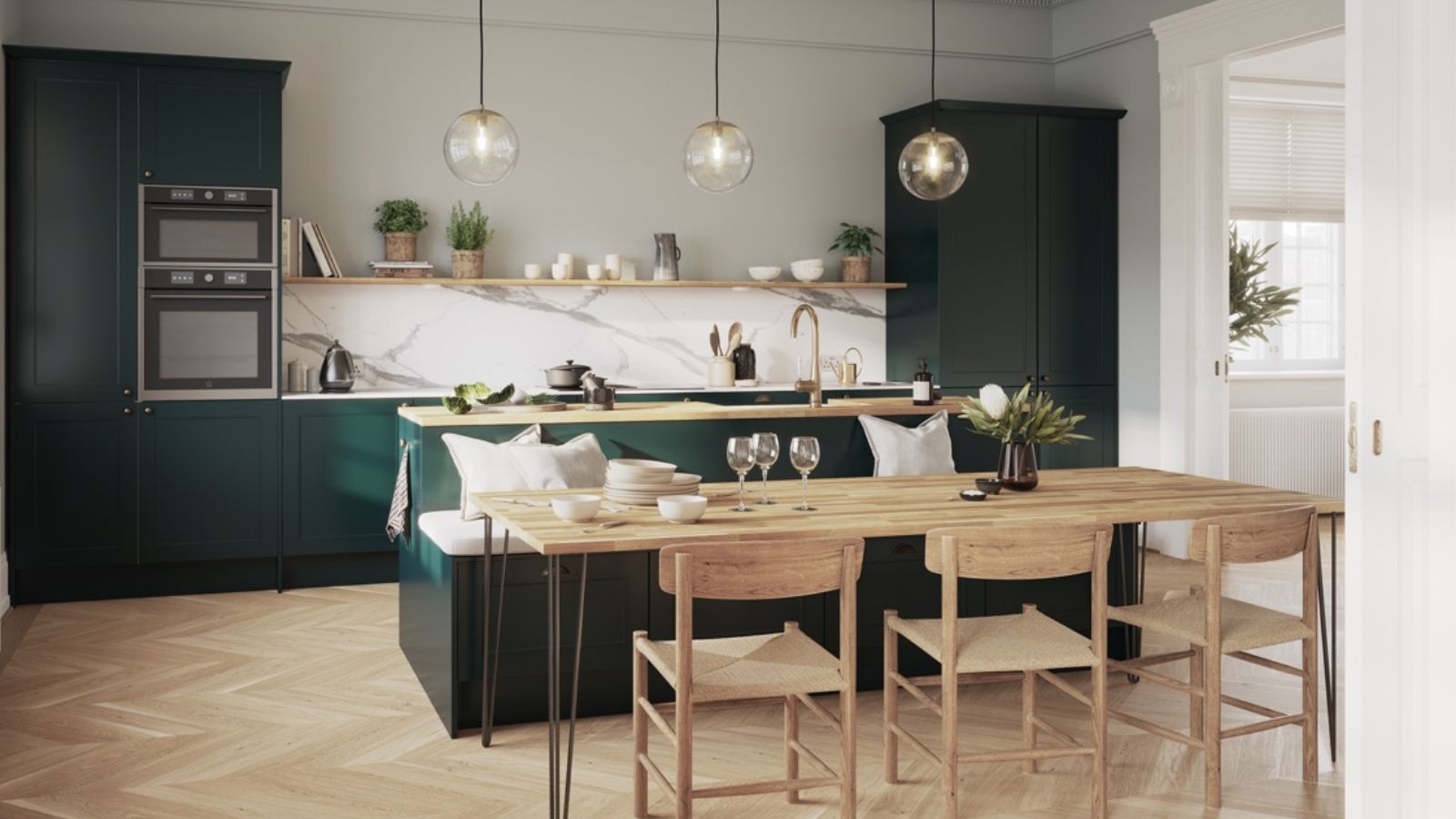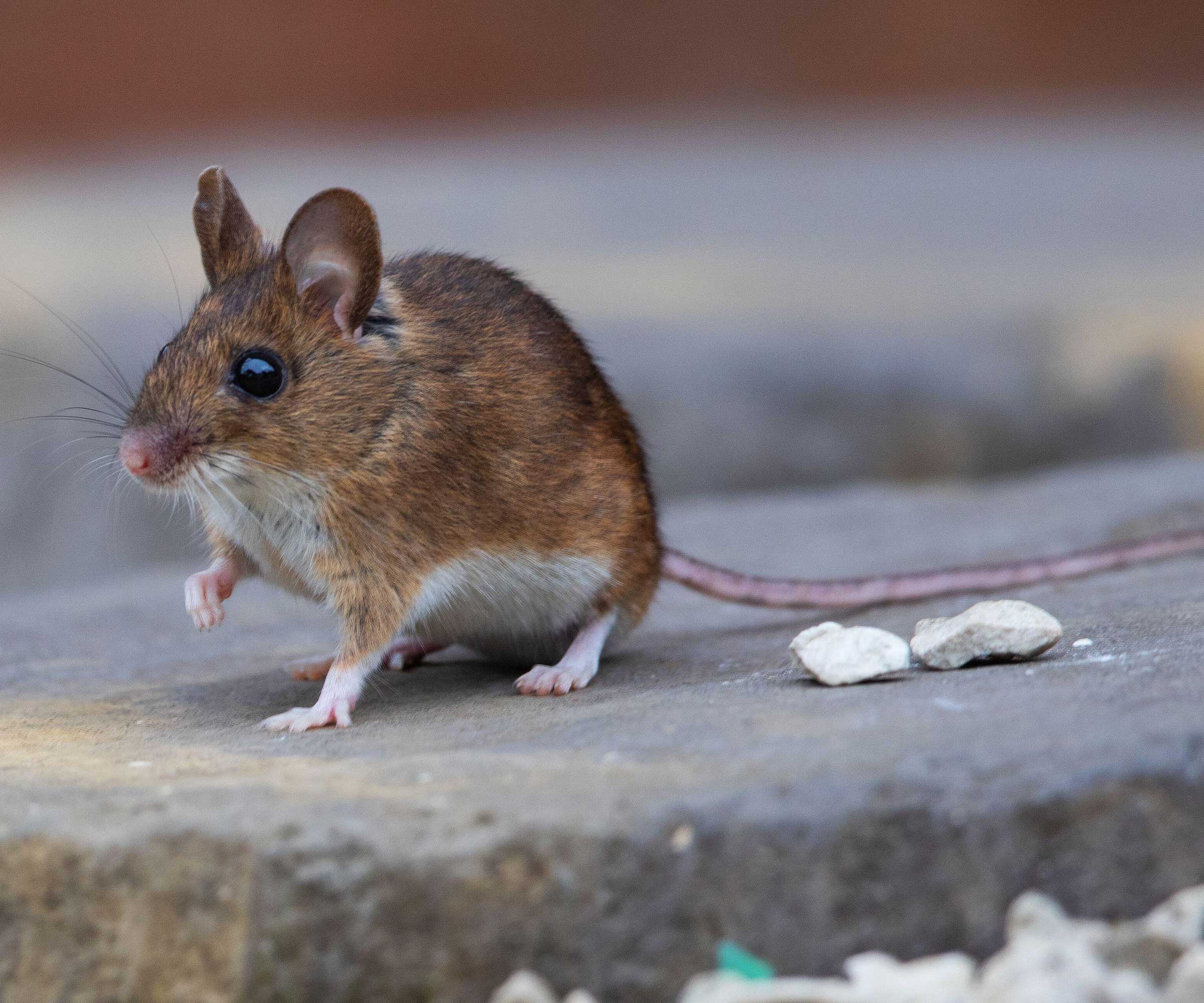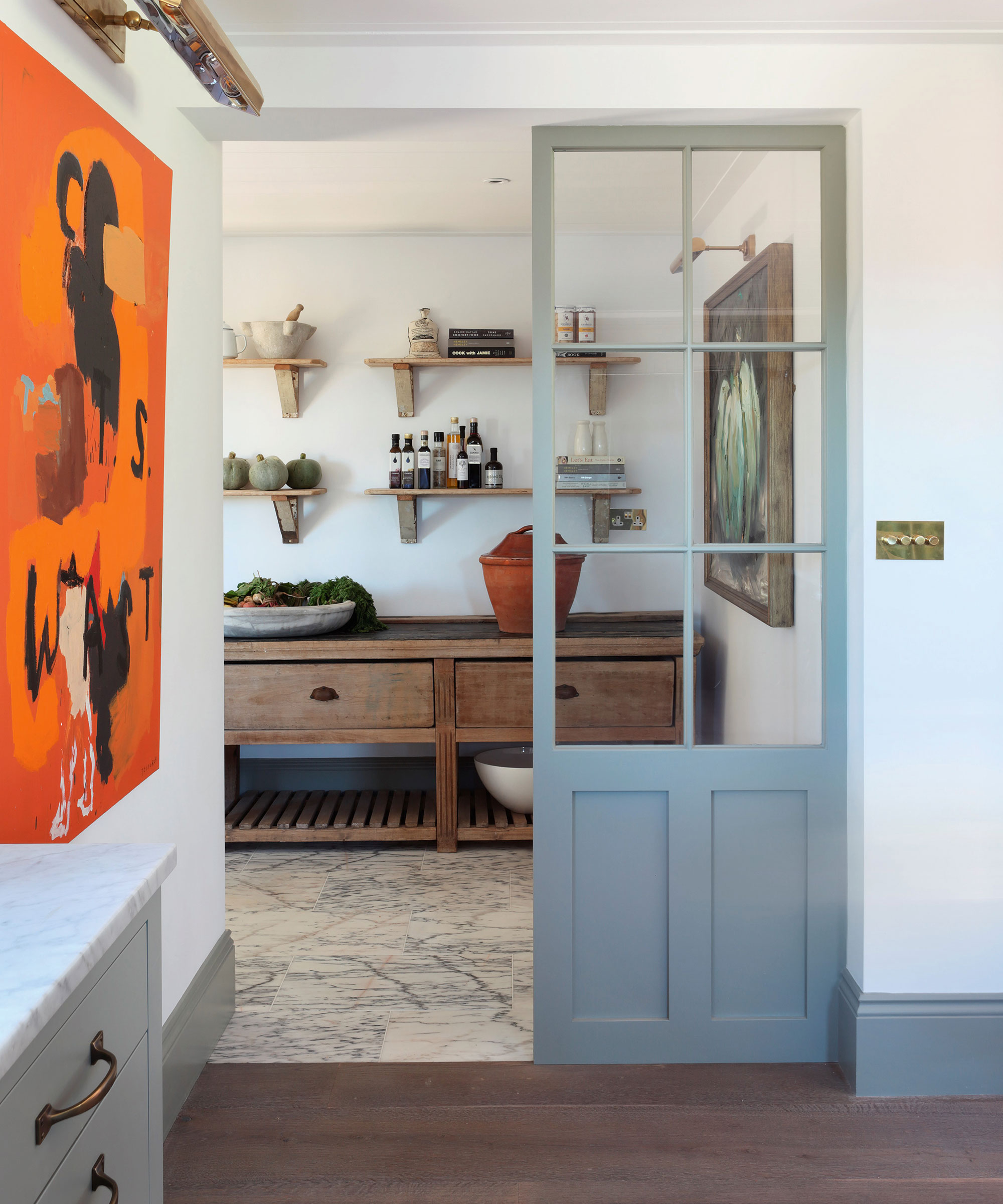How to prevent mice from getting into your house, according to experts
These strategies for reinforcing your home, removing attractants, and implementing deterrents will keep mice from entering your home


Mice can be any homeowner's worst nightmare, leaving behind a trail of chewed wires and contaminated food, which is why preventing mice from getting into your house is key for keeping you from the stress of an infestation.
As the temperature drops, these rodents are more likely to seek refuge in a warm home, so before you need to get rid of mice, these prevention strategies can fortify your home against these pests.
Our experts have advised the ways to prevent mice from entering your home, from sealing entry points to maintaining cleanliness.
How to prevent mice from getting into your house
These small and determined creatures have a knack for working their way indoors, however, these steps can help you avoid pest control mistakes and effectively safeguard your living space from these unwanted guests.
1. Seal entry points

'To thwart these unwelcome intruders, seal identified entry points using appropriate materials,' advises Edward Reay, owner of Build Fanatic. 'Caulk is ideal for filling small cracks and gaps, while weatherstripping can create a tight seal around doors and windows.'
You can find this Gorilla caulk and seal at Amazon, and this Allnice Kerf weatherstripping, from Walmart.
'In cases where mice might try to gnaw their way in, consider reinforcing vulnerable areas with steel wool, as this material is almost impervious to their chewing attempts,' continues Edward Reay.
'Particular vigilance should be exercised around areas where pipes, vents, and utility connections breach your home's structure, as these are often overlooked gateways for mice.'
You can find MAPORCH steel wool for mice control pack at Amazon.
Don't forget to check your loft, roof, soffit and gutter areas as getting rid of mice in the attic is a nuisance that can be avoided.
Reinforce the home's exterior

Access always starts with securing the exterior of your home to prevent mice from entering your home.
'Walk around your home and ensure all crawlspace vents are intact and the screens are in good shape,' advises Brian Benham, owner of Benham Design Concepts. 'The screen may still look like it is intact, but a mouse can push on a corner and slip through.
'Next, you will want to inspect the vent cover itself. They can get brittle over time from sun exposure and freeze-thaw cycles. Once brittle holes and cracks can develop, they let mice in.
'Vents are often located in gable ends of houses and in the eaves. Mice can scale a vertical wall, especially if it has a texture like a stucco for them to get a grip on. Ensure these vent screens are in good condition and the frame is sealed well.'
Brian Benham also recommends, 'While you are looking around the eaves and siding of your house, look for gaps between flashing, where siding and trim meet. Calk shut any gaps. This will make your home more weather-tight as well as keep out mice.
'Look for mechanical penetrations on the side of your house as well, such as where gas lines enter the home or HVAC condenser hookups. The install may have forgotten to seal these up after they ran the lines through the holes they drilled.'
Next, inspect and fortify your home's foundation and seal up any holes in your sill plate and the foundation or siding. Put caulking at the base of your foundation where it connects to your walls.
Use expanding foam if the crack is too large for caulk. You can find expanding foam sealant at Amazon.
Josh Rudin at ASAP Restoration explains, 'Air vents in your attic need to be properly attached with gauged meshing too small for even a mouse to fit through. Ventilation piping should have exhaust caps firmly installed, and utility entry points need to be secured.' You can use this stainless steel mesh screen, from Amazon.
Reinforce plumbing

Be sure your plumbing penetrations are sealed up to prevent mice from coming through walls and into your sink cabinets.
'Look under sinks where the plumbing enters the cabinet. There is often a gap between the drain and water lines large enough for a mouse to fit through,' explains Brian Benham.
'You can seal these up with spray foam. If they are in a visible spot or you don't want to get spray foam on your cabinets, you can use an Escutcheon Plate that will fit tightly around the pipe and tight to the wall. Some need to be put on when the pipes are hooked up and some can be put on after as they are hinged.'
You can find this PROCURU Escutcheon wall pipe cover at Amazon. Be sure to find one with the correct dimensions, and you can also choose one that suits your home decor if it will be on show.
2. Cut back foliage

'Rodents will climb trees, bushes and even exterior wiring such as your TV cable looking for food and shelter,' warns Robert Taylor, owner of The Real Estate Solutions Guy.
'Tree branches should be cut back at least 5'-6' from your roofline to prevent rodents from jumping onto your roof. Shrubs should be kept back at least a foot from your home.'
3. Cleaning and proper food storage

'Mice possess a keen sense of smell and are naturally drawn to the scent of food,' says Edward Reay. 'To mitigate the risk of infestations, adopt a stringent approach to food storage. All consumables, including pet food, should be securely enclosed within airtight containers, rendering them inaccessible to rodents.
'Mice can effortlessly chew through these flimsy food containers, so use sealed plastic or glass containers.
'Keeping your kitchen spotless is also pivotal in deterring mice. Regularly wipe down countertops, sweep up crumbs, and ensure your trash is promptly emptied to eliminate any potential food sources. Additionally, avoid the temptation to leave dirty dishes unwashed overnight, as they can attract mice seeking sustenance.
'By diligently adhering to these practices, you can drastically reduce the allure of your home to these unwanted guests and minimize the risk of a mouse infestation.'
You should also keep trash in tightly sealed bins both inside and outside the house. Empty your indoor trash regularly, and ensure outdoor bins have secure lids.

$18.99
This set of seven glass food storage containers with bamboo lids is the perfect way to elegantly display your food items for convenient access.
4. Strategic deterrents

Aside from sealing your home and removing attractants, you can also employ some deterrents to reduce the risk mice will even attempt to enter your home.
'Mice are sensitive to scents,' explains Hashi Mohamed, cleaning expert and president of Ivy Cleans, 'so using substances with strong smells can deter them. Peppermint essential oil is one example of a scent that mice dislike.' We recommend this peppermint essential oil, from Walmart.
Alternatively, ultrasonic devices that emit high-frequency sounds can deter them from entering your home. These use high-frequency sound waves to dissuade mice from entering your living space. You can find an ultrasonic pest repeller, such as this one, at Amazon.
5. Vigilant monitoring and maintenance

Vigilantly monitor the various entry points and potentially vulnerable areas and reseal where necessary, keep areas clean, and trim trees and branches to thwart any attempted infiltration by these animals.
FAQs
What is a non harmful mouse trap?
If you've noticed a telltale sign you have mice, one way to trap mice without harming them is reusable mice traps which have a bait compartment and keep mice inside with a spring door.
Set reusable mouse traps up in strategic locations, particularly in areas where you've noticed mouse activity. Check these regularly and clean them after they are emptied.
We recommend these four humane mouse traps, from Amazon.
Mice often burrow into gardens or cluttered outdoor spaces, so maintain your yard to deter mice from nesting near your home.
Sign up to the Homes & Gardens newsletter
Design expertise in your inbox – from inspiring decorating ideas and beautiful celebrity homes to practical gardening advice and shopping round-ups.

Lola Houlton is a news writer for Homes & Gardens. She has been writing content for Future PLC for the past six years, in particular Homes & Gardens, Real Homes and GardeningEtc. She writes on a broad range of subjects, including practical household advice, recipe articles, and product reviews, working closely with experts in their fields to cover everything from heating to home organization through to house plants. Lola is a graduate, who completed her degree in Psychology at the University of Sussex. She has also spent some time working at the BBC.
-
 7 of the best tomatoes for growing in pots - expert growers pick their top varieties ideal for large harvests from containers
7 of the best tomatoes for growing in pots - expert growers pick their top varieties ideal for large harvests from containersYou can enjoy bumper homegrown harvests in small spaces
By Drew Swainston Published
-
 Drew Barrymore creates a 'balanced' kitchen in 4 easy steps – her rules will make your small, compact countertops feel beautiful
Drew Barrymore creates a 'balanced' kitchen in 4 easy steps – her rules will make your small, compact countertops feel beautifulDrew proves that with the right styling (and chic appliances), you can make even the smallest of kitchens look harmonious
By Hannah Ziegler Published